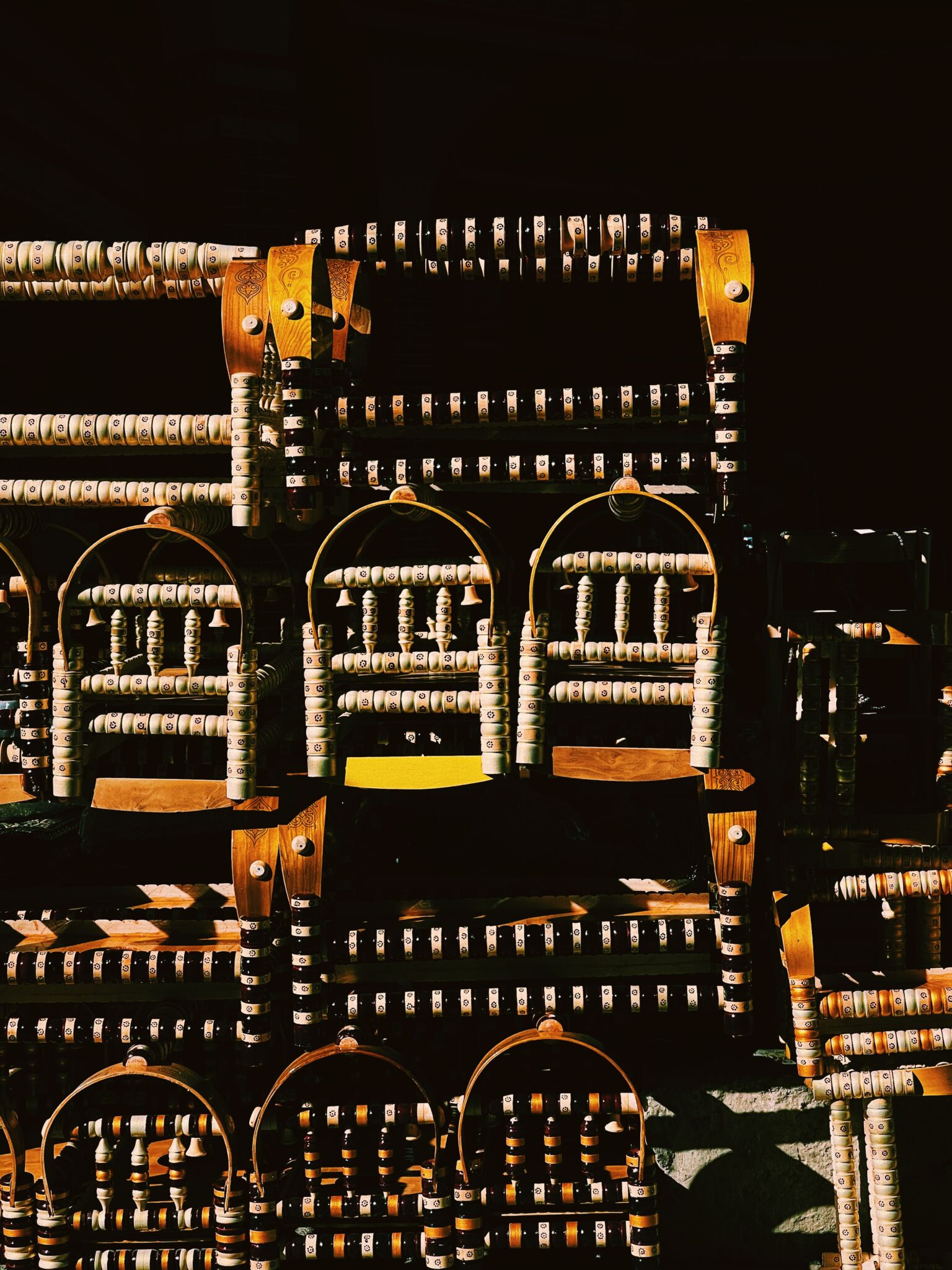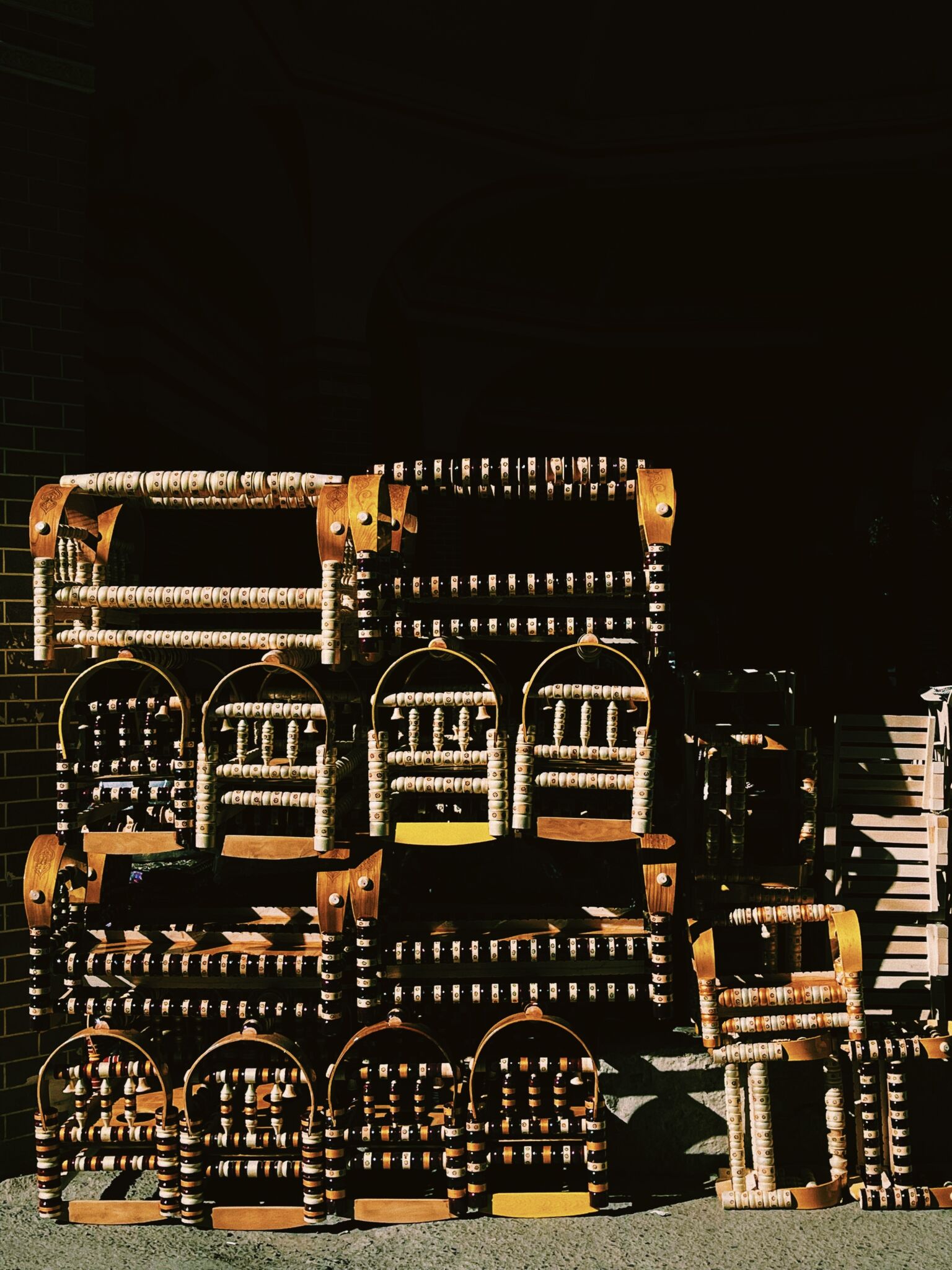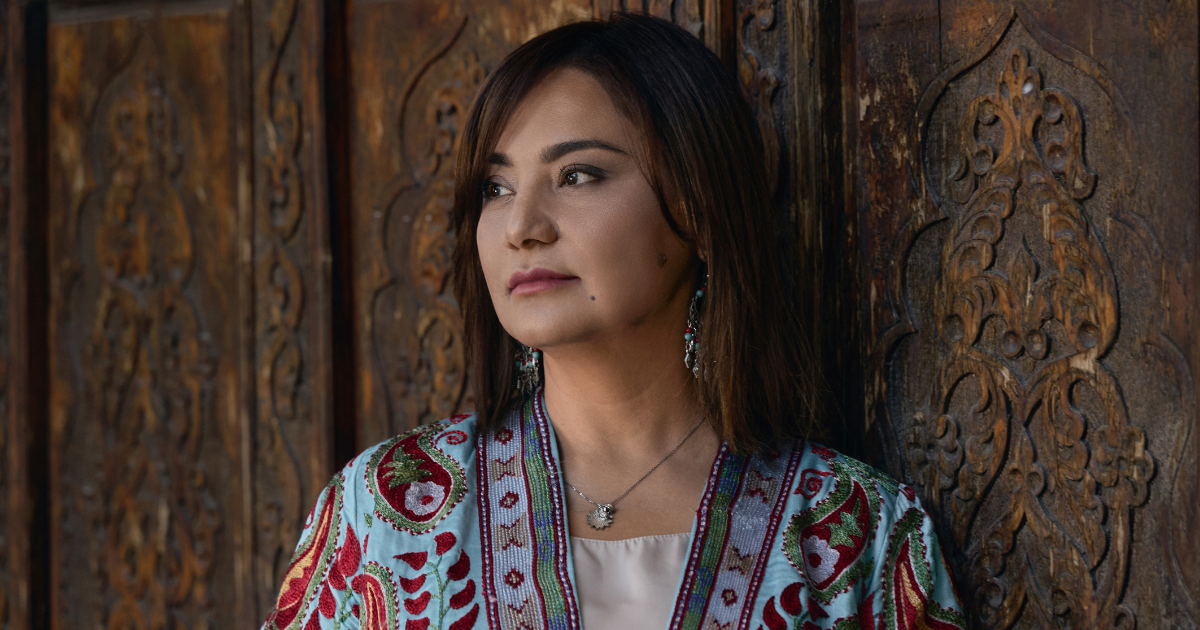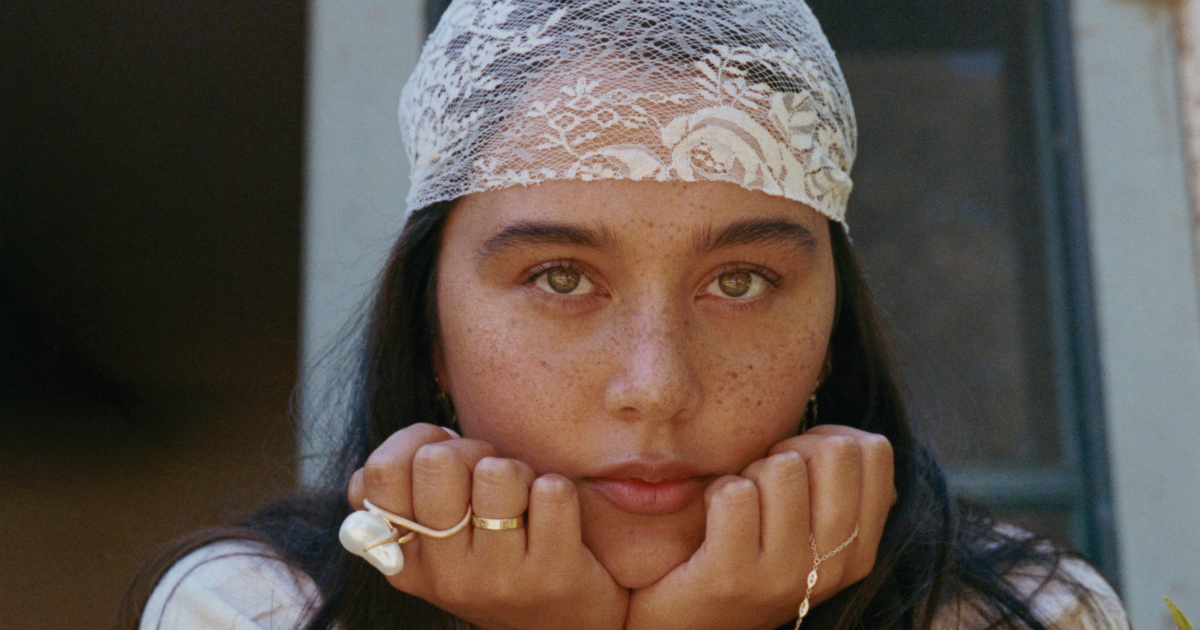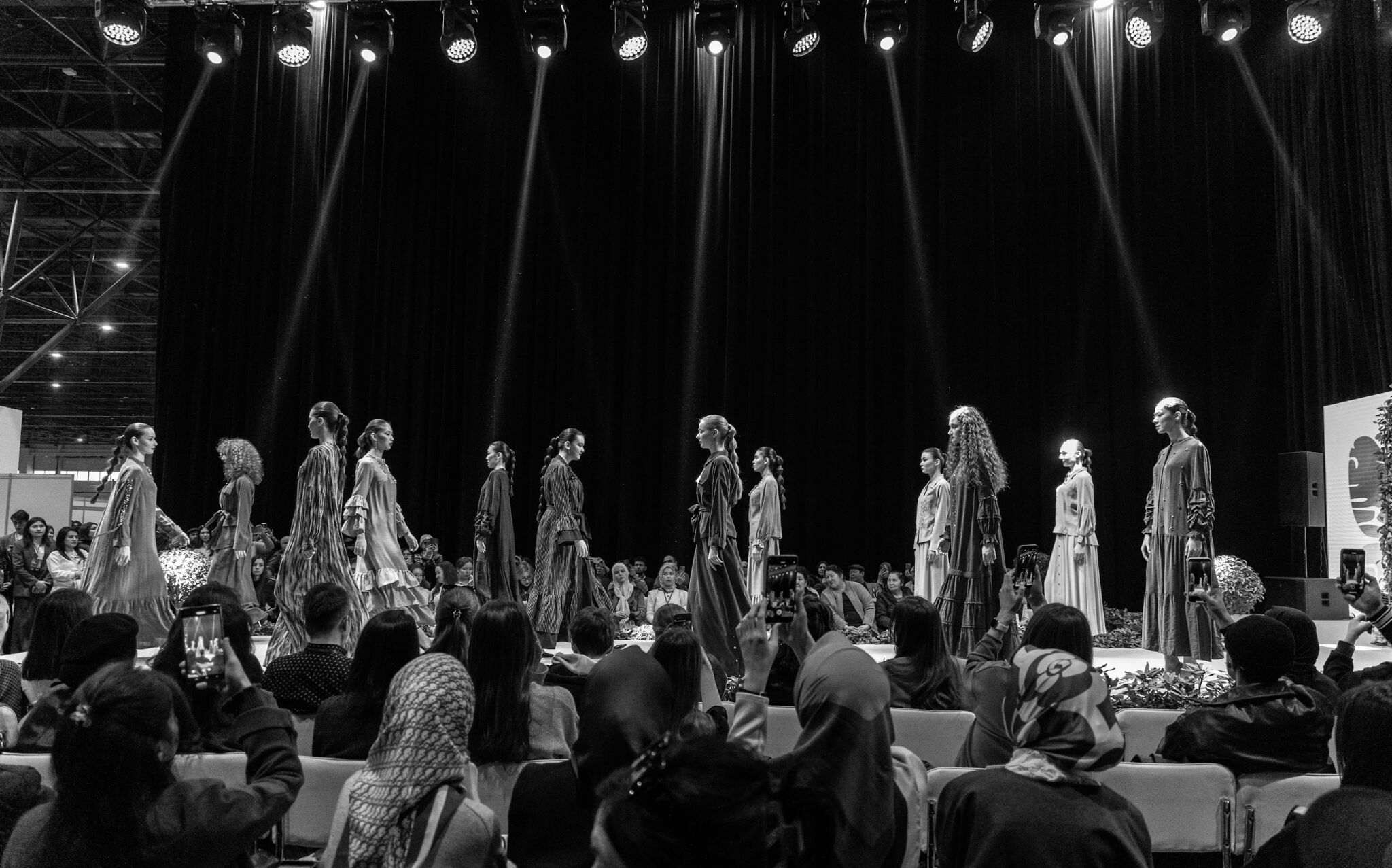Beshik – a traditional cradle
The story of the first home for children of the East
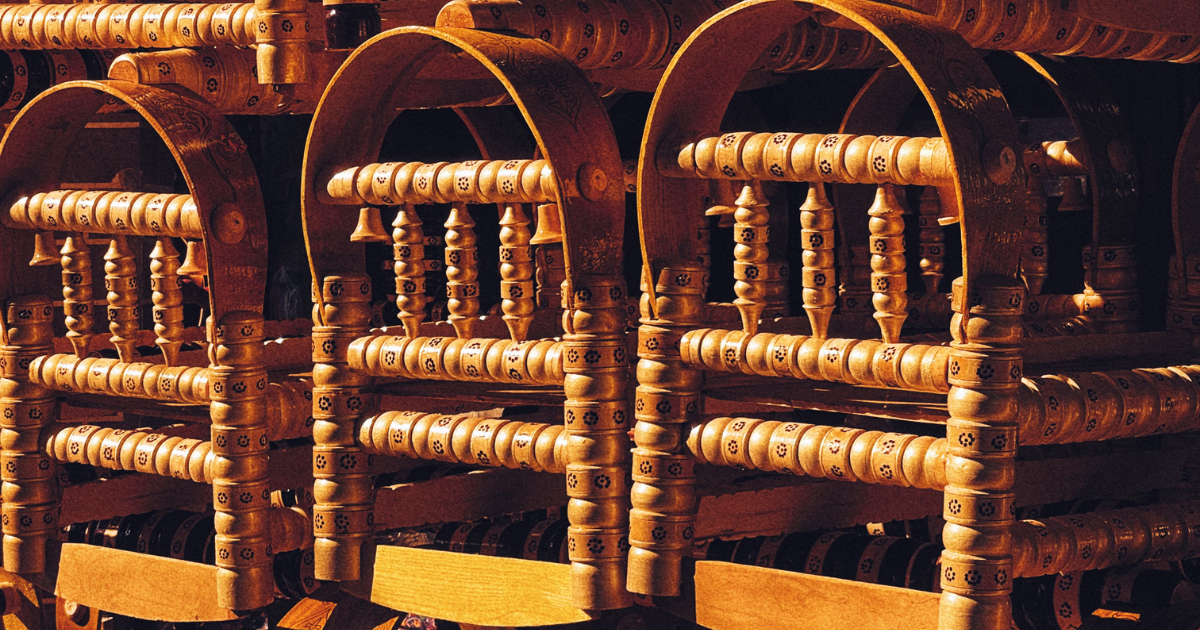
For centuries, the "first home" of a newborn in most Central Asian countries has been called the beshik, a traditional cradle still crafted today. Every element and design of the cradle holds a sacred meaning.
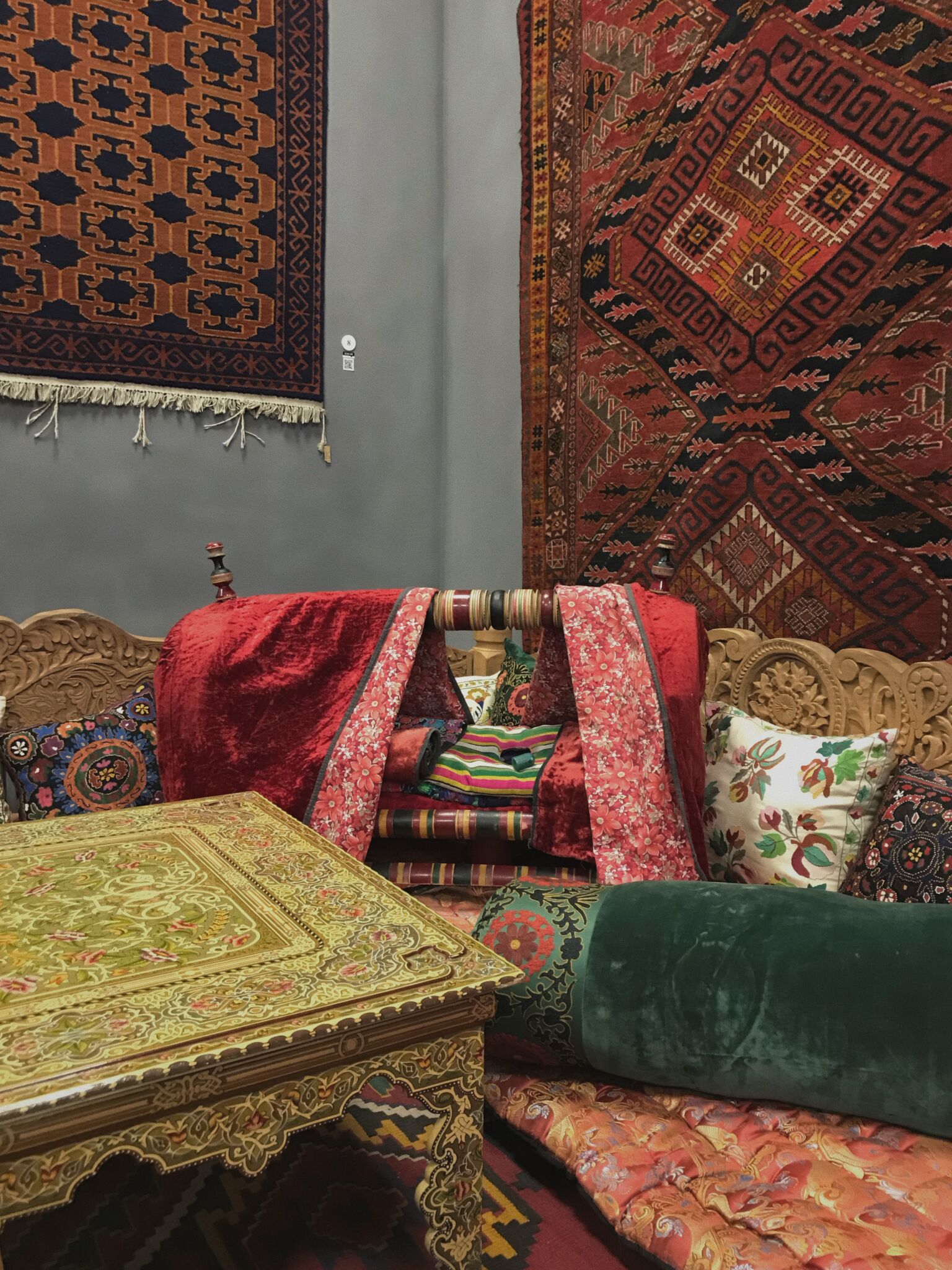
photo: Serafim Dim
The beshik is made from mulberry, poplar, or willow wood. The cradle features a crescent-shaped base and curved arches on top. Thanks to its rounded base, the cradle can be gently rocked. Notably, the construction of the beshik involves no nails. The designs and engineering techniques are not written down but are passed down from master to master through generations. These artisans are known as beshiksoz.
The central crossbar, dasta, is painted with bright natural colors when the beshik is given as a gift. The most common colors are cheerful shades of yellow, red, and green, intended to stimulate the baby’s visual development.

photo: Bobur Alimkhodjaev
In the center of the flat base, ravak, there is a special opening where a hygienic bowl is placed. This design keeps the baby dry and clean while lying in the cradle. A decorative tulle is draped over the beshik, and in colder months, a warm blanket is added. For safety and to prevent the baby from startling themselves with sudden arm movements, they are swaddled and secured to the cradle.
According to tradition, the beshik was created as the baby’s "first home" to help them gently adjust to the outside world—warmly swaddled, with the soft lullabies of alla (lullabies) sung by their mother. Alla is part of the region’s rich folklore, passed down orally from generation to generation, like fairy tales. These songs express love for the child, wishes for a beautiful and happy life, and prayers to God to protect the little ones on their journey.
